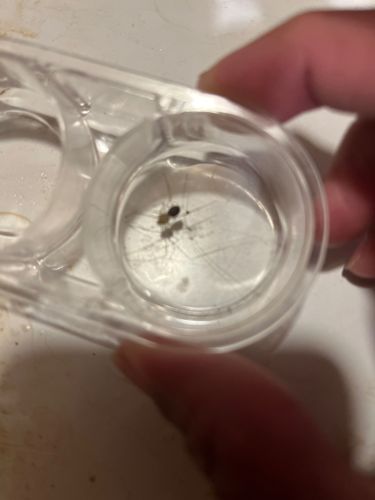Cellar Spider
Scientific Name: Pholcus phalangioides
Order & Family: Araneae (spiders) / Pholcidae (cellar spiders)
Size: Body length typically 2-10 mm; leg span can be up to 50-70 mm (2-2.75 inches).

Natural Habitat
Commonly found indoors in basements, cellars, crawl spaces, attics, and corners of rooms. Outdoors, they can be found under rocks, in caves, or other dark, damp places.
Diet & Feeding
Mainly other insects and spiders. They are opportunistic predators and will catch whatever gets ensnared in their webs, including larger spiders like house spiders and even other cellar spiders.
Behavior Patterns
Cellar spiders are known for building irregular, messy webs in corners of rooms, basements, and other undisturbed areas. They are often seen hanging upside down in their webs. When disturbed, they may vibrate rapidly in their web, making it difficult for predators to catch them. They are generally nocturnal and reclusive.
Risks & Benefits
Generally harmless to humans. Their fangs are too small to penetrate human skin, and their venom is not considered medically significant. They can be beneficial by preying on other pest insects and spiders, including venomous species like black widows if they wander into a cellar spider's web.
Identified on: 8/13/2025